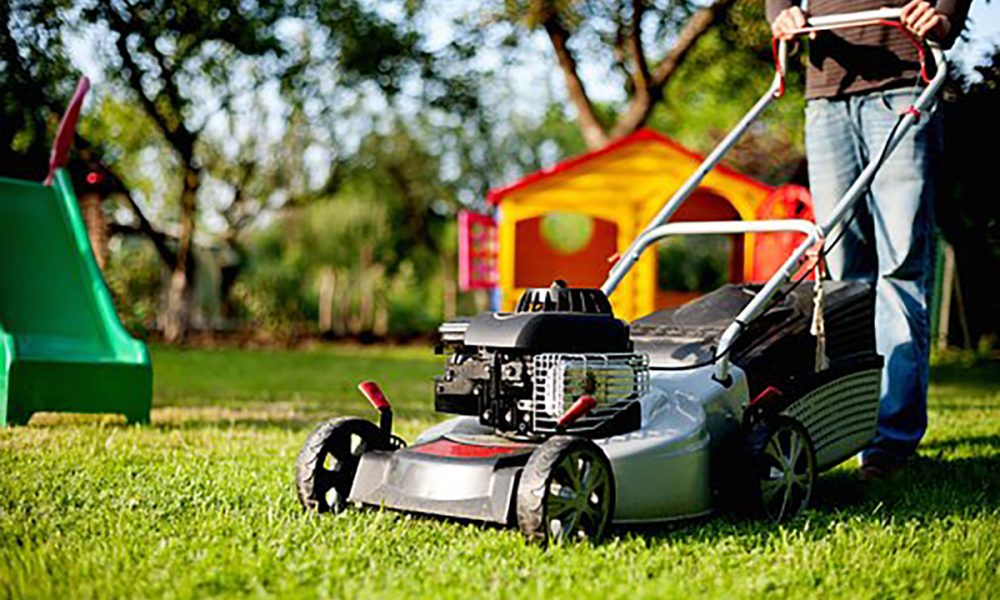Every edge matters in the thrilling and fast-paced world of softball. Although teamwork, technique, and practice are crucial, the equipment you select can have a big influence on how well you perform. The softball bat is one of the most important pieces of equipment that has a direct impact on a player’s hitting skills. If you’re looking to buy softball bats, choosing the correct one is a strategic choice that can improve your whole game and unlock your potential at the plate. It’s not just about appearances. Making an informed decision requires knowing how various bat attributes impact your swing and power.
Understanding Bat Materials: Composite vs. Alloy
Alloy and composite are the two main materials used to make softball bats. Usually constructed of aluminium, alloy bats are renowned for their responsiveness, longevity, and frequently lower price point. Players may feel the ball right away thanks to their instant reaction upon contact. As composite bats are made of layers of carbon fiber and other materials, they have a larger sweet spot and less vibration, which can result in a smoother swing and possibly a longer range. Composite bats are preferred by many advanced players due to their improved trampoline effect and forgiveness on off-centre smashes, even though they typically need a “break-in” period to attain their optimal performance. Budget, player preference for feedback, and desired performance characteristics are generally the deciding factors when choosing between alloy and composite.
Bat Length’s Importance for Swing Mechanics
One important element that has a direct impact on a player’s swing speed and control is bat length. A too long bat might feel heavy and slow down swing speed, which makes it difficult to manage and produce power. On the other hand, a bat that is overly short could restrict the player’s hitting zone and plate coverage. A player should be able to swing through the striking zone with maximum bat speed and balance while comfortably extending their arms thanks to the proper bat length. Standing the bat upright next to the player is a traditional way to gauge the ideal length; when the player’s arm is extended, the bat’s knob should roughly reach the middle of their palm.
Recognizing the Effects of Bat and Swing Weight
Another important factor that affects swing performance is bat weight, which is related to the idea of swing weight. Bat weight is the actual mass of the bat, commonly measured in ounces. However, swing weight accounts for weight distribution and describes how heavy the bat feels during a swing. Faster swing speeds made possible by lighter bats can result in better reaction times and faster bat-to-ball contact. While larger, more seasoned hitters may choose heavier bats to optimize power, younger or less physically developed players frequently benefit from lighter bats to maximize swing speed.









